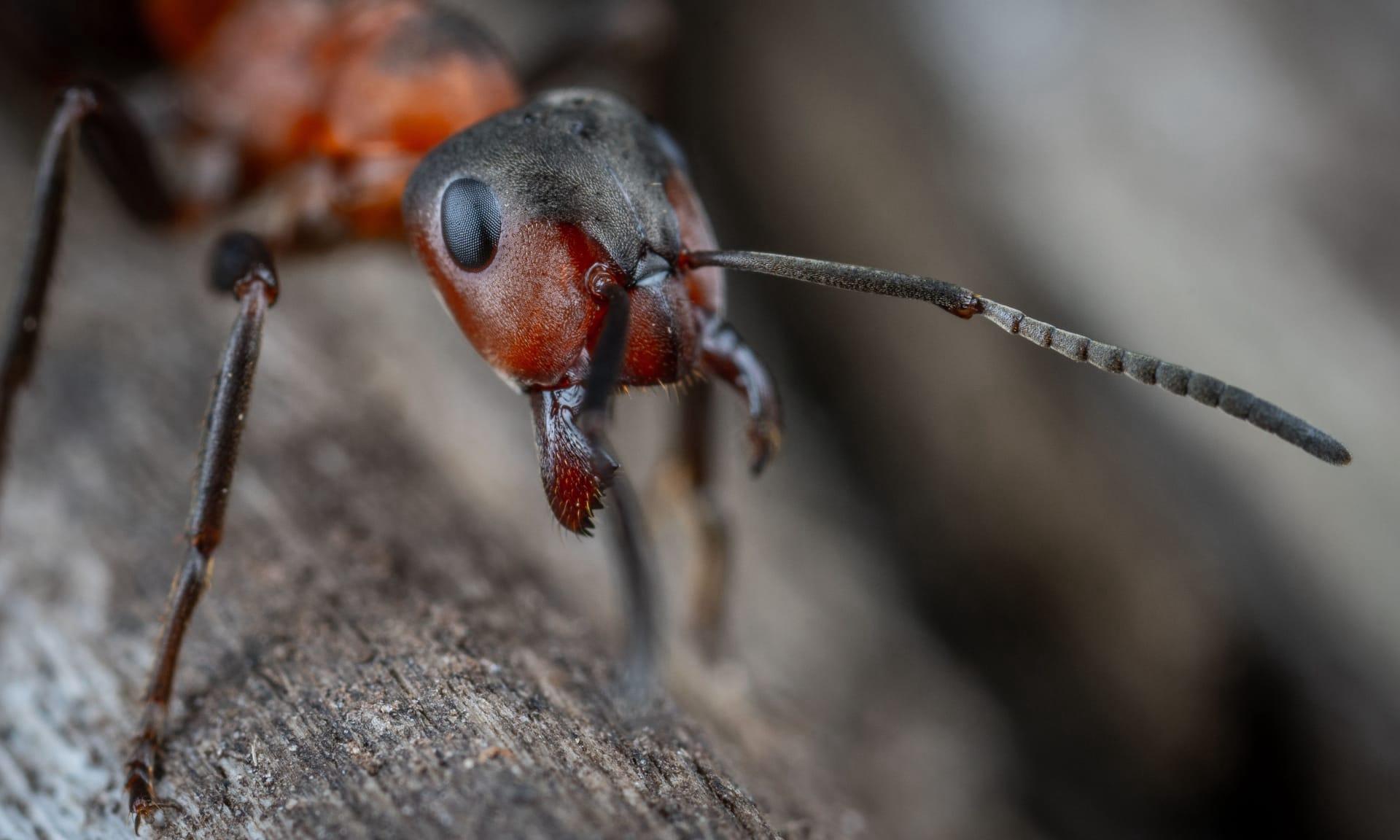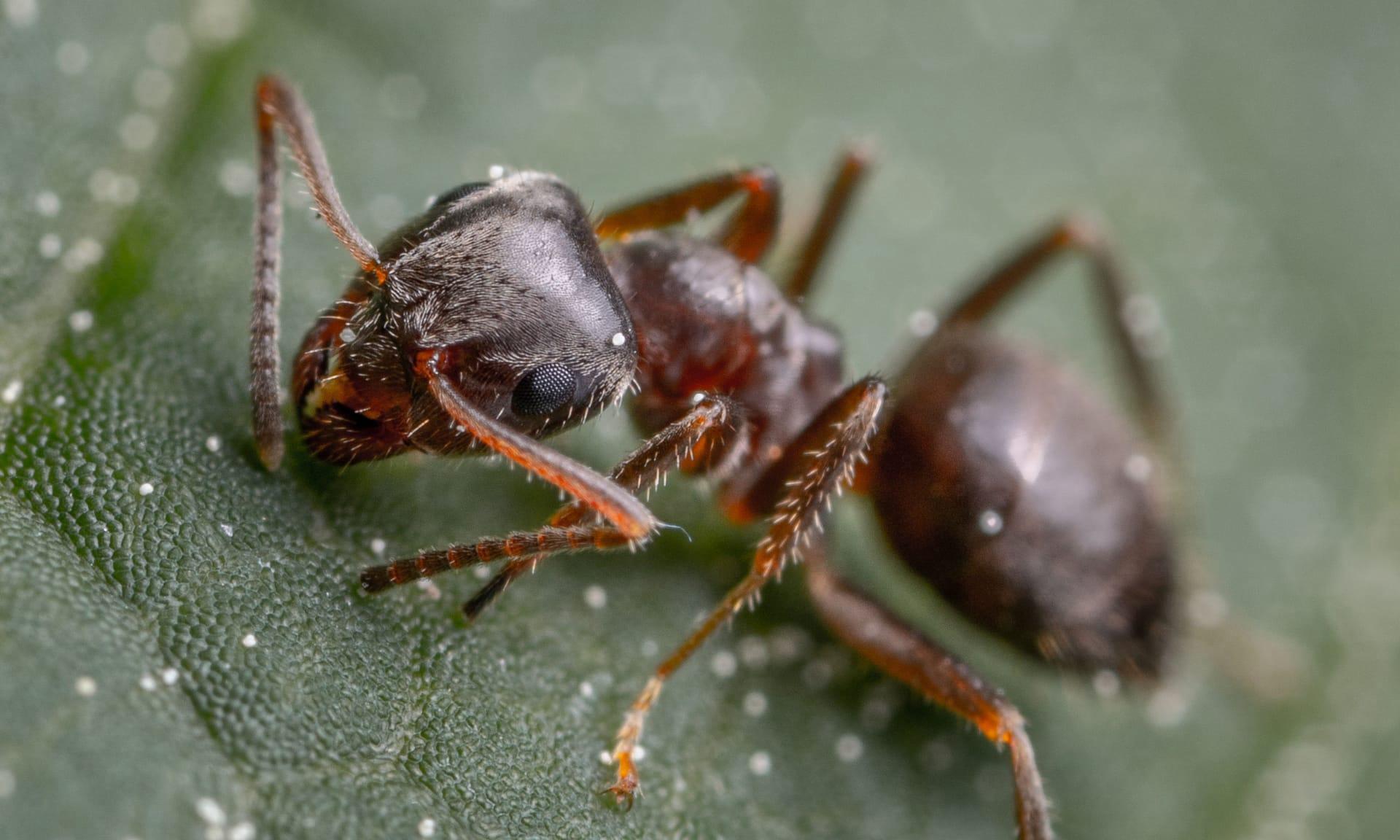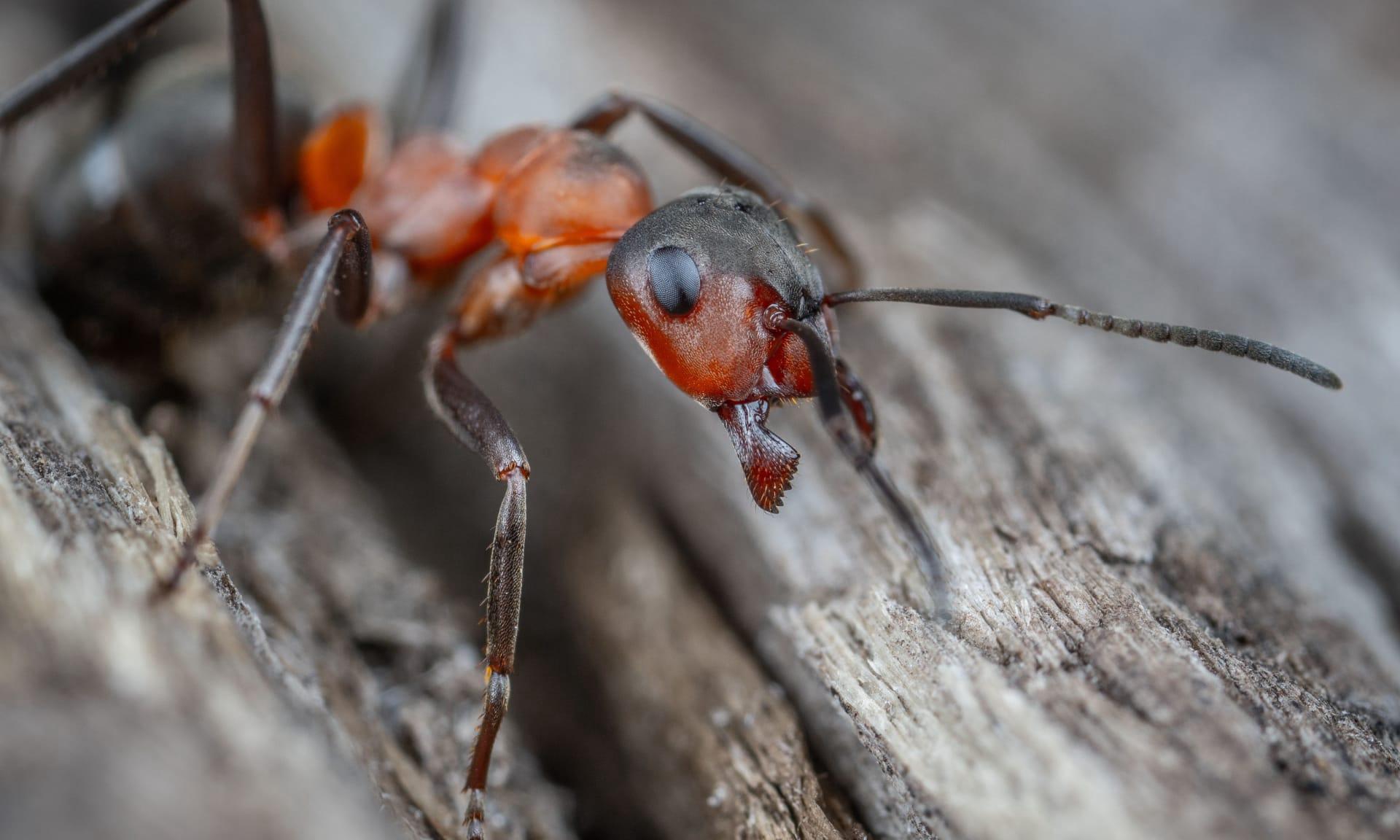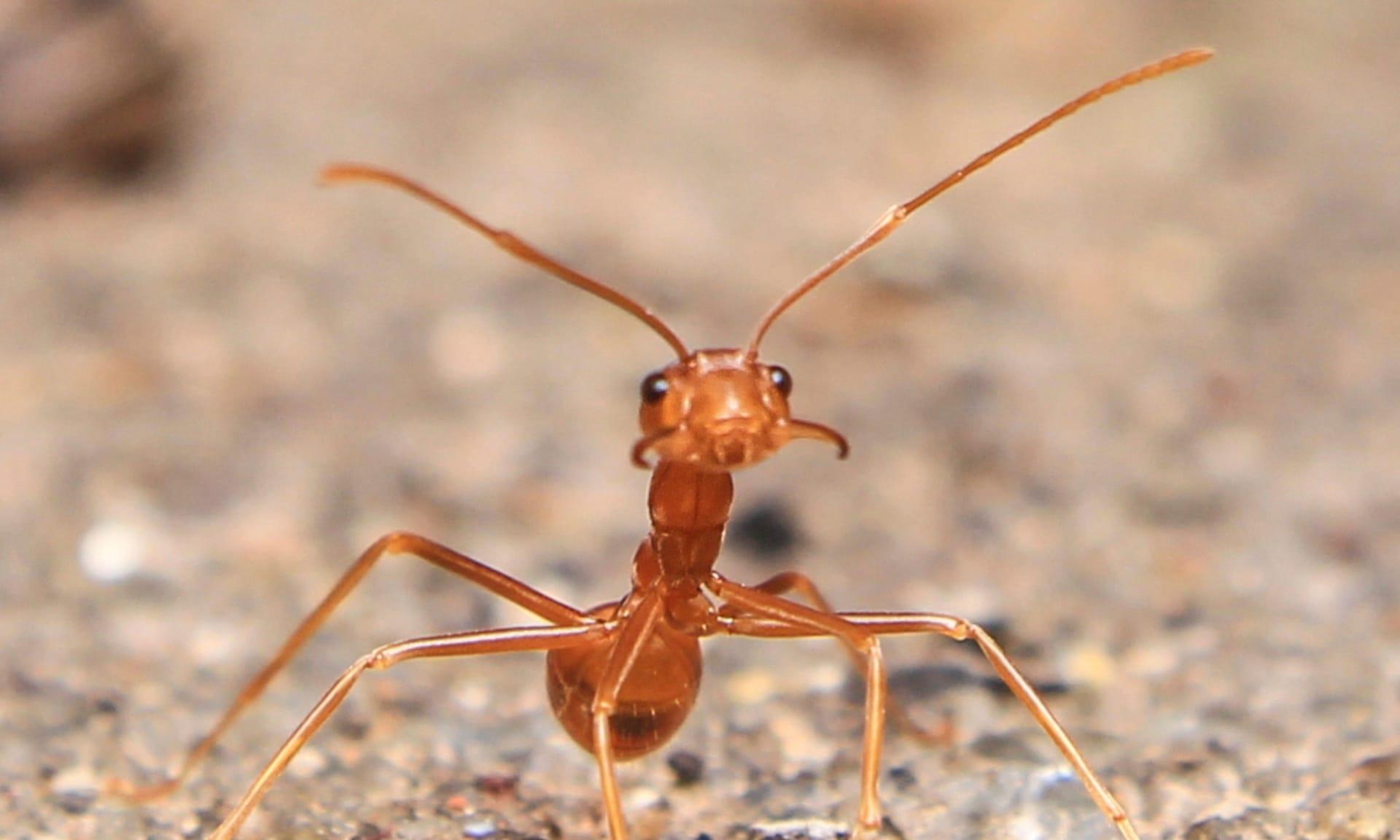Carpenter Ants
- Home /
- Mini Encyclopedia /
- Animal /
- Carpenter Ants
1
Carpenter ants, scientifically known as Camponotus, belong to the Formicidae family, under the order Hymenoptera, which also includes bees and wasps. This genus is vast, comprising over 1,000 species. Their sizes vary, with some species measuring up to 1 inch in length. These ants are predominantly black, but some species have reddish or yellowish coloration. Unique to this genus, the thorax's profile is evenly rounded, offering a key identification feature compared to other ants.
Carpenter ants are distributed globally, particularly thriving in forested environments due to their nesting preferences. They are predominant in North America, with over 50 species in the United States alone. These ants prefer moist, decaying wood to establish their colonies, hence their name. They are frequently found in dead trees, stumps, and logs, but can also invade wooden structures in homes, causing significant structural damage.

2
Question: Do carpenter ants eat wood like termites?
Answer: Contrary to popular belief, carpenter ants do not eat wood. They excavate wood to build their nests, which leads to the misconception. Their diet primarily consists of proteins and sugars, including living and dead insects, plant juices, and food substances from human households. The damage they cause to wood is solely for nest-building purposes, where they create intricate galleries and tunnels, distinguishing them from the destructive feeding habits of termites.

3
Carpenter ants employ a complex survival strategy that revolves around their colony's structure. A colony typically starts with a single queen, who lays the first batch of eggs. These eggs develop into workers, responsible for expanding the nest, caring for the young, and foraging for food. Over time, the colony grows and can house thousands of ants. The mature colony then produces winged males and females for reproduction. These winged ants leave the nest to mate, after which the females become new queens, starting their own colonies.
Communication and cooperation are vital for their survival. They communicate through pheromones, chemical signals, which guide others to food sources or alert them to danger. Their ability to adapt to various environments, from dense forests to urban areas, also plays a crucial role in their survival. They can adjust their nesting habits, moving into homes and buildings when outdoor conditions become unfavorable, demonstrating remarkable adaptability.

4
In the ecosystem, carpenter ants play a significant role in the decomposition process. By burrowing into and breaking down dead wood, they contribute to nutrient cycling, crucial for forest health. This activity aids in decomposing fallen trees and branches, turning them into fertile soil, which supports new plant growth.
They also serve as a food source for various predators, including birds, amphibians, and other insects. This predation helps control their population, maintaining ecological balance. Additionally, carpenter ants can impact the population dynamics of other insects, as they prey on them and compete for resources. This predatory behavior helps regulate the populations of pest insects, indirectly benefiting plant life and the overall health of their habitats.

5
Film: "Empire of the Ants" is a British documentary released in 2017. This film delves into the intricate world of ants, including carpenter ants. It explores their social structure, survival strategies, and the ecological impact they have. Using stunning macro-photography, the documentary provides a close-up view of these industrious insects and their complex societies.
Book: "The Ants" by Bert Hölldobler and Edward O. Wilson, published in the United States in 1990, is a comprehensive study of ant behavior, including carpenter ants. This book offers detailed insights into their social structures, communication methods, and ecological roles, making it a seminal work in entomology.
Book: "Journey to the Ants: A Story of Scientific Exploration," also by Bert Hölldobler and Edward O. Wilson, released in the United States in 1994, provides a more accessible introduction to the world of ants. It combines personal narrative with scientific exploration, offering an engaging look at the lives of ants, their evolution, and their significance in the natural world.